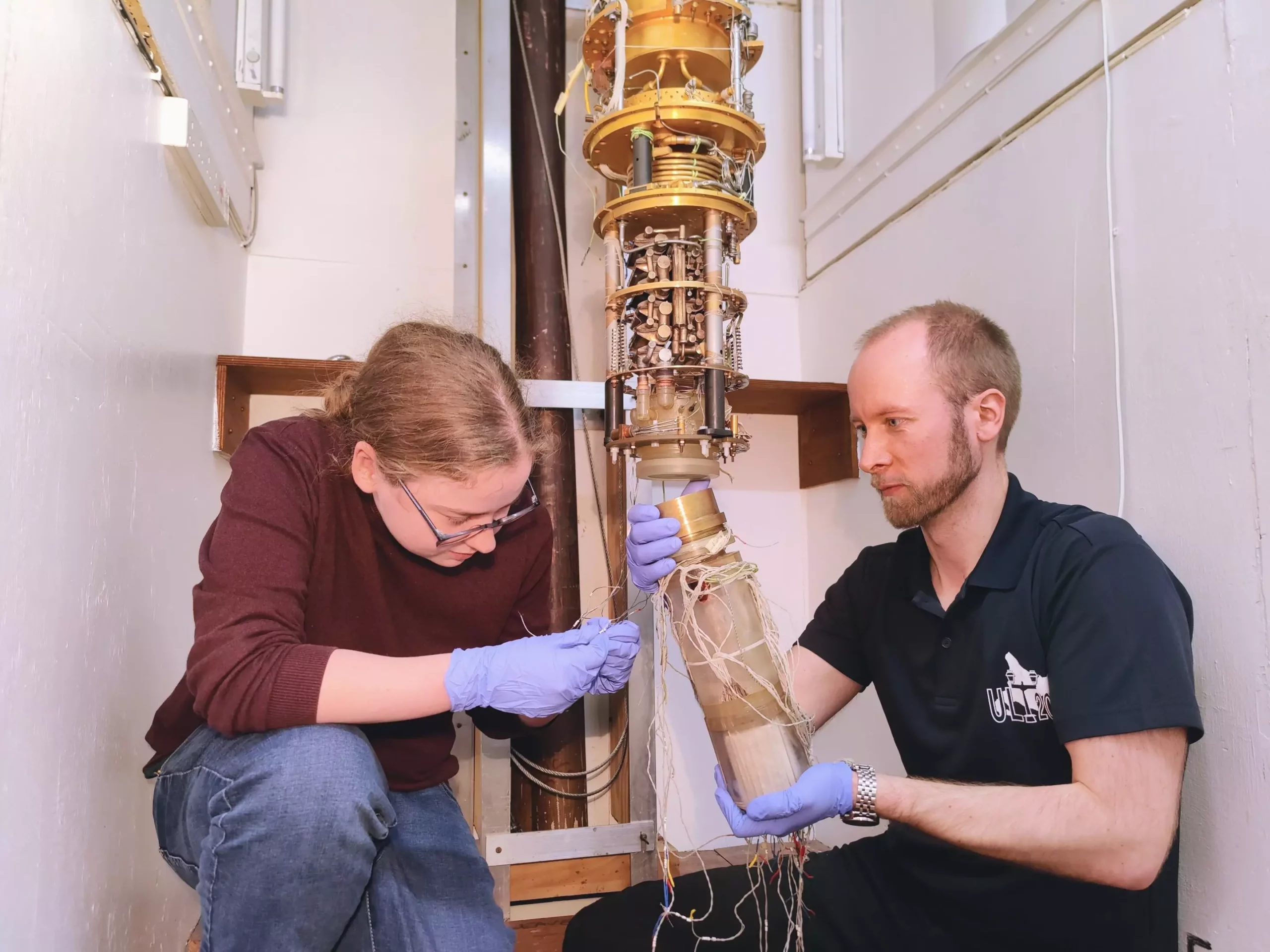Dark matter, constituting approximately 80% of the matter in the universe, presents one of the most profound mysteries in the field of science. Despite its invisible nature, its gravitational effects are evident in the cosmos. Scientists have made significant progress in the study of dark matter, with ongoing efforts to detect it using advanced quantum technologies.
The research conducted by a collaborative team from Lancaster University, the University of Oxford, and Royal Holloway, University of London marks a significant advancement in the quest for understanding dark matter. Through their innovative approach, they are developing the most sensitive detectors to date, with the aim of directly observing this elusive substance in laboratory settings.
The Quantum Technologies Approach
Harnessing the power of quantum technologies at ultra-low temperatures, the researchers are pushing the boundaries of scientific exploration. By utilizing superfluid helium-3 and superconducting quantum amplifiers, they have created detectors capable of measuring extremely weak signatures of dark matter collisions. This cutting-edge technology offers unprecedented sensitivity in the search for dark matter particles.
Diverse Dark Matter Candidates
Particle physics theory posits two main candidates for dark matter: new particles with ultra-weak interactions and axions, extremely light wave-like particles. The team is conducting experiments tailored to detect each type of candidate. While new particles could be identified through collisions with ordinary matter, axions are characterized by their unique decay signature in a magnetic field, requiring specialized quantum amplifiers for detection.
The team’s commitment to public engagement is evident in their participation in the Royal Society’s Summer Science Exhibition. Through interactive exhibits, visitors have the opportunity to explore the concept of dark matter firsthand. From observing the effects of unseen angular momentum on a gyroscope to experimenting with model dark matter collision detectors, participants of all ages can immerse themselves in the fascinating world of quantum physics.
The ongoing research on dark matter conducted by leading scientists represents a significant step forward in unraveling one of the most enduring mysteries of the universe. Through the integration of quantum technologies and innovative experimental techniques, we are inching closer to shedding light on the enigmatic nature of dark matter. As we continue to push the boundaries of scientific exploration, the quest for understanding the invisible universe remains a captivating journey of discovery.



Leave a Reply